5 Invasive Species You Must Be Able to Identify: When you’re flying across the skies of the U.S., from the mighty Mississippi to the calm coastal waters, you’re not just cruising over beautiful landscapes—you’re flying over fragile ecosystems that face some serious threats. One of the biggest threats? Invasive species. These are plants and animals that don’t belong here but have moved in and started causing trouble. Knowing how to spot these invaders isn’t just for wildlife experts; it’s something every pilot should master. This guide walks you through five invasive species you must know, why they matter, how they impact aviation, and what you can do to help keep America’s skies and lands safe.
Table of Contents
5 Invasive Species You Must Be Able to Identify
As pilots, your role extends beyond controlling aircraft; you’re stewards of the airspace and the landscapes beneath it. Knowing how to identify and respond to invasive species like zebra mussels, Japanese knotweed, kudzu, European starlings, and water hyacinth can save billions in damages, promote safer flights, and protect America’s rich natural heritage. By making thorough inspections, cleaning your aircraft properly, reporting sightings swiftly, staying informed, and respecting biosecurity regulations, you help secure a sustainable future for aviation and ecosystems alike. So keep your eyes sharp and fly green!
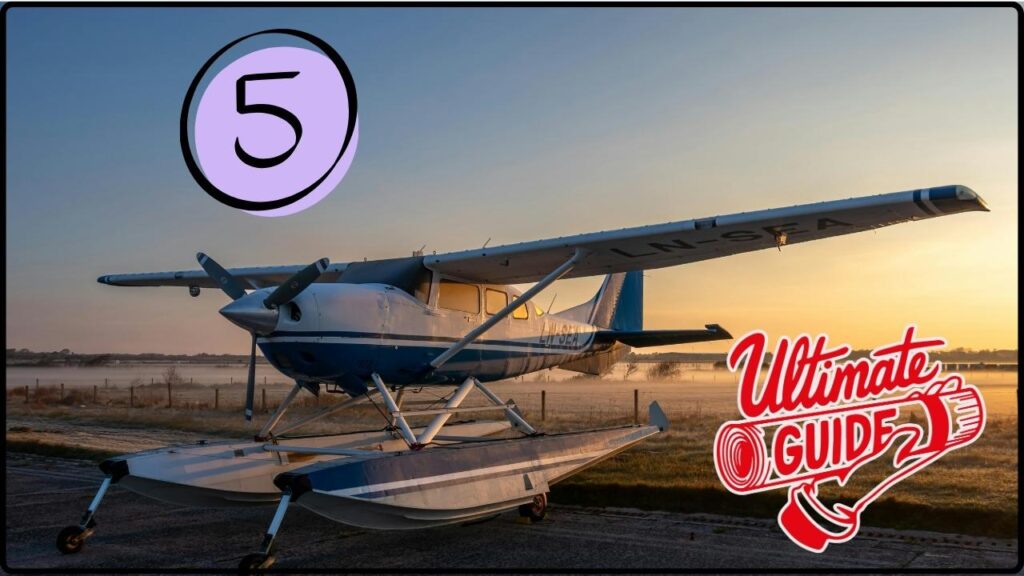
| Topic | Details |
|---|---|
| Estimated U.S. Cost Annually | $120 billion+ economic and environmental damages |
| Area Affected | 100 million+ acres, equivalent to California |
| Top 5 Invasive Species | Zebra Mussels, Japanese Knotweed, Kudzu, European Starlings, Water Hyacinth |
| Impact Areas | Agriculture, infrastructure, aviation safety, natural ecosystems |
| Bird Strike Data | 47 fatal commercial accidents, 242 deaths; 71 incidents from 1999-2008; mostly < 2,500 ft altitude |
| Reporting Tools | EDDMapS, local DNR apps, USGS invasive species database |
| Prevention Tips | Clean aircraft gear thoroughly, avoid transporting water/soil, report sightings quickly |
| Regulations | Vary by state; includes quarantine zones and restrictions on transport of potential invasive materials |
| Official Reference | Department of the Interior – Invasive Species Strategic Plan |
Why Should Pilots Care About Invasive Species?
Invasive species cause more than $120 billion in damage each year in the United States alone, affecting over 100 million acres of land—roughly the size of California. They wreak havoc on ecosystems, disrupt agriculture, degrade infrastructure, and directly impact aviation safety. For pilots, especially those flying seaplanes or landing near rural waterways and urban edges, knowing how to identify these species can:
- Protect critical habitats and biodiversity that support wildlife and natural balance.
- Prevent costly damage to airports, runways, seaplane bases, and associated infrastructure.
- Avoid bird and animal strikes that risk flight safety and can lead to serious damage or accidents.
- Support rapid control efforts and conservation through early reporting and public awareness.
Invasive species often hitch rides on aircraft floats, wheels, or cargo, making pilots the frontline defenders in stopping their spread. Vigilance up in the sky is as crucial as on the ground.
5 Invasive Species You Must Be Able to Identify
1. Zebra Mussels (Dreissena polymorpha)
Zebra mussels are tiny freshwater mollusks with distinctive striped shells resembling a zebra’s pattern. They attach stubbornly to submerged surfaces like docks, boat hulls, and importantly, seaplane floats. Their populations explode quickly, clogging waterways, water intake systems, and displacing native aquatic species, which disrupts food chains and water quality.
Detailed identification: Shells are typically 1 inch or less, with alternating dark and light bands. Infected areas may show large clusters, sometimes covering entire surfaces in a hard, brittle layer.
Impact on aviation: Pilots who land boats or seaplanes in infested waters risk transporting clusters to new locations, causing spread and associated costs. Cleaning floats before moving is vital.
Environmental note: Zebra mussels cause significant declines in native mussel populations, impact sport fishing, and increase water treatment expenses.
2. Japanese Knotweed (Reynoutria japonica)
Japanese knotweed is a fast-growing perennial plant that forms dense thickets. Characterized by tall, hollow, bamboo-like stems often reaching 10 feet or more, it sports broad, heart-shaped leaves and sprays of small white flowers in late summer. It spreads underground by rhizomes, making it tough to eradicate.
Structural threat: Knotweed has the unique ability to penetrate cracks in concrete, asphalt, and building foundations, so its growth near runways and taxiways can lead to costly repairs and potential safety hazards.
Visual ID tips: Look for clusters growing near disturbed soils, waterways, roads, and airports with thick green leafy canopies overshadowing native plants.
Ecological impact: It crowds out native vegetation, leading to decreased biodiversity and destabilized soil, increasing erosion risks.
3. Kudzu (Pueraria montana)
Known famously as the “vine that ate the South,” kudzu thrives in warm climates and can grow up to a foot per day in summer. It forms dense mats covering trees, power lines, buildings—anything it can grab. Its large trifoliate leaves and purple, fragrant flower clusters make it recognizable.
Risks for aviation: Kudzu’s rapid growth can obscure visual navigation landmarks and control infrastructure around airports. Overgrown power lines due to kudzu may cause outages affecting airport operations.
Control challenges: Kudzu’s extensive root system and rapid spread make mechanical and chemical control difficult and expensive.
Regional notes: While most prevalent in the Southeast U.S, kudzu is slowly moving north due to changing climate conditions.
4. European Starlings (Sturnus vulgaris)
European starlings are glossy black birds often seen in large, noisy flocks that roost in urban and rural areas alike. Their vocal mimicry skills and adaptability make them successful invaders. They compete aggressively with native birds for nesting sites and food.
Aviation dangers: Starlings cause numerous bird strikes resulting in damage, downtime, and occasionally fatal accidents. Between 1999 and 2008, 71 bird strike incidents were reported in commercial aviation, including 47 fatal crashes causing 242 deaths, with many involving starling-laden flocks near airports.skybrary
Identification help: During flight, look for swift, tight flock formations with shimmering iridescent feathers and bright yellow beaks in spring/summer.
Mitigation: Active airport wildlife management programs use habitat modification, deterrents, and sometimes culling to reduce starling populations near flight zones.
5. Water Hyacinth (Eichhornia crassipes)
Water hyacinth is a free-floating aquatic plant recognizable by its thick, glossy oval leaves rising above water and striking lavender flowers. It forms large, dense mats that block sunlight penetration and reduce oxygen levels in water.
Aviation impact: For seaplane pilots, water hyacinth mats clog takeoff and landing areas, force reroutes, and damage propellers or floats.
Environmental and economic impact: Water hyacinth reduces water quality, disrupts recreational uses, and damages fisheries. Annual control costs in some states reach $100 million.
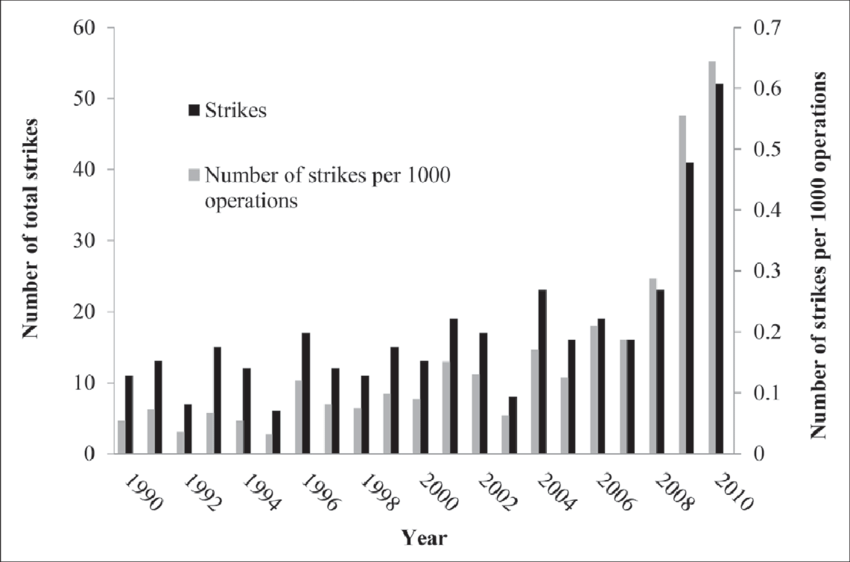
Beyond Identification: Practical Steps Pilots Can Take
Regular Inspections and Thorough Cleaning
Check all your aircraft parts that encounter water or soil—floats, wheels, landing gear, and cargo areas—for plant fragments, mud, or aquatic creatures. Approved cleanings with detergents or pressurized water between flights stop invasive species in their tracks.
Avoid Cross-Contamination
Do not transport water, mud, or vegetation between flight sites. Drain all water from floats and bilges before moving on.
Timely and Accurate Reporting
Document invasive species sightings with locations and photos. Use apps like EDDMapS or local DNR portals to upload information, contributing to early detection and rapid responses.
Stay Educated and Respect Regulations
Understand state and federal regulations concerning invasive species transport and quarantine zones. Many states have legal requirements for cleaning and reporting to prevent spread.
The Economic and Environmental Toll
Invasive species affect a broad swath of America’s economy and environment. The U.S. Geological Survey estimates economic damage in excess of $120 billion annually with costs rising sharply since the 1960s, when estimates were closer to $2 billion per year. These damages include:
- Losses in agricultural productivity through crop damage and increased control costs.
- Reduced property values in affected communities.
- Infrastructure damage and maintenance costs, especially in water systems and transportation.
- Environmental degradation, including loss of native species and increased wildfire risks linked to invasive grasses.
A large portion (around 73%) of these costs are due to actual resource damages, while control efforts absorb the rest. Spending on prevention and management programs is cost-effective—examples like the sterile male fruit fly release program in Florida demonstrate substantial savings by preventing invasive population establishment.

The Role of Invasive Insects and Other Creatures in Aviation Safety
While this guide highlights plants and birds, invasive insects can also jeopardize aviation safety. For example, some wasp species build nests in critical aircraft components like pitot tubes, causing malfunctions or unreliable readings that could result in fatal accidents if unnoticed. Maintaining awareness about such threats complements plant and bird identification.
Why Protecting Waterway Access is Every Pilot’s Responsibility
State-by-State AIS Regulations: A Seaplane Pilot’s Compliance Guide

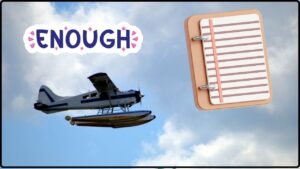
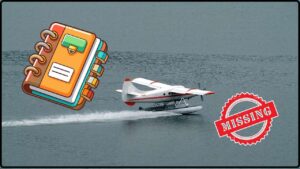


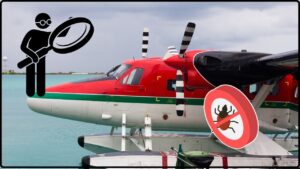
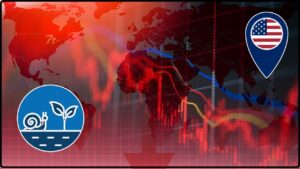


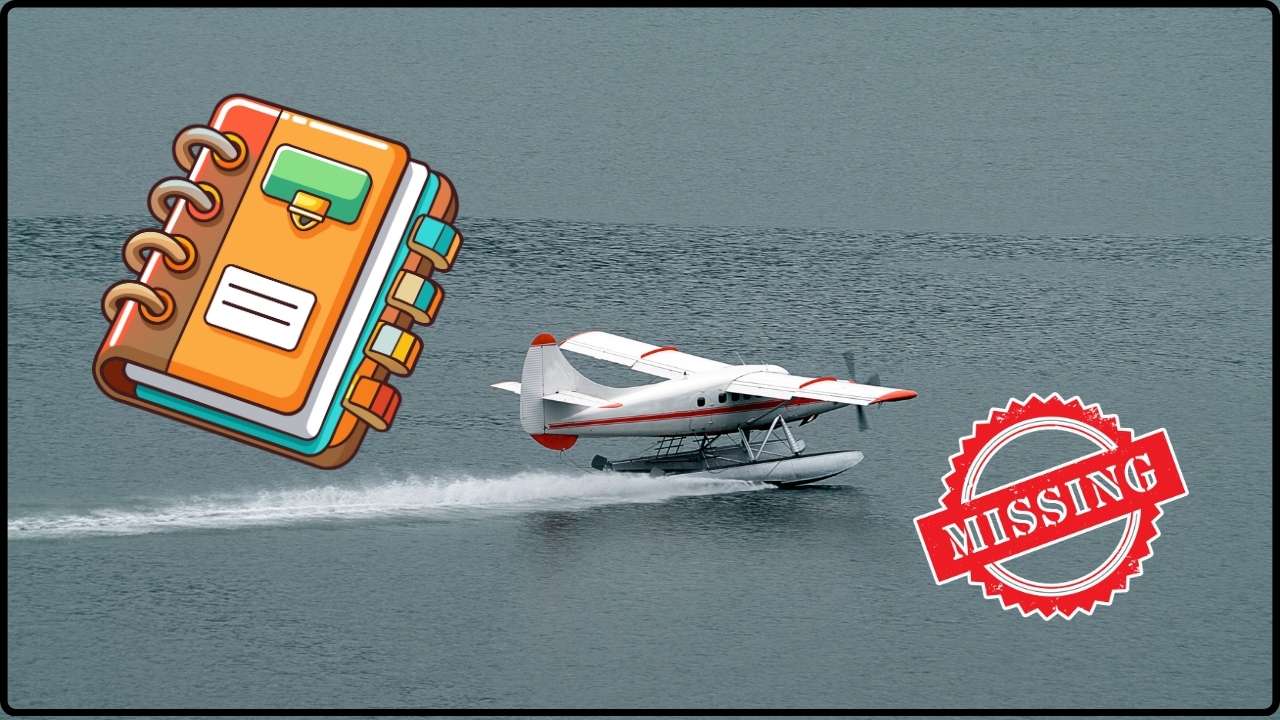

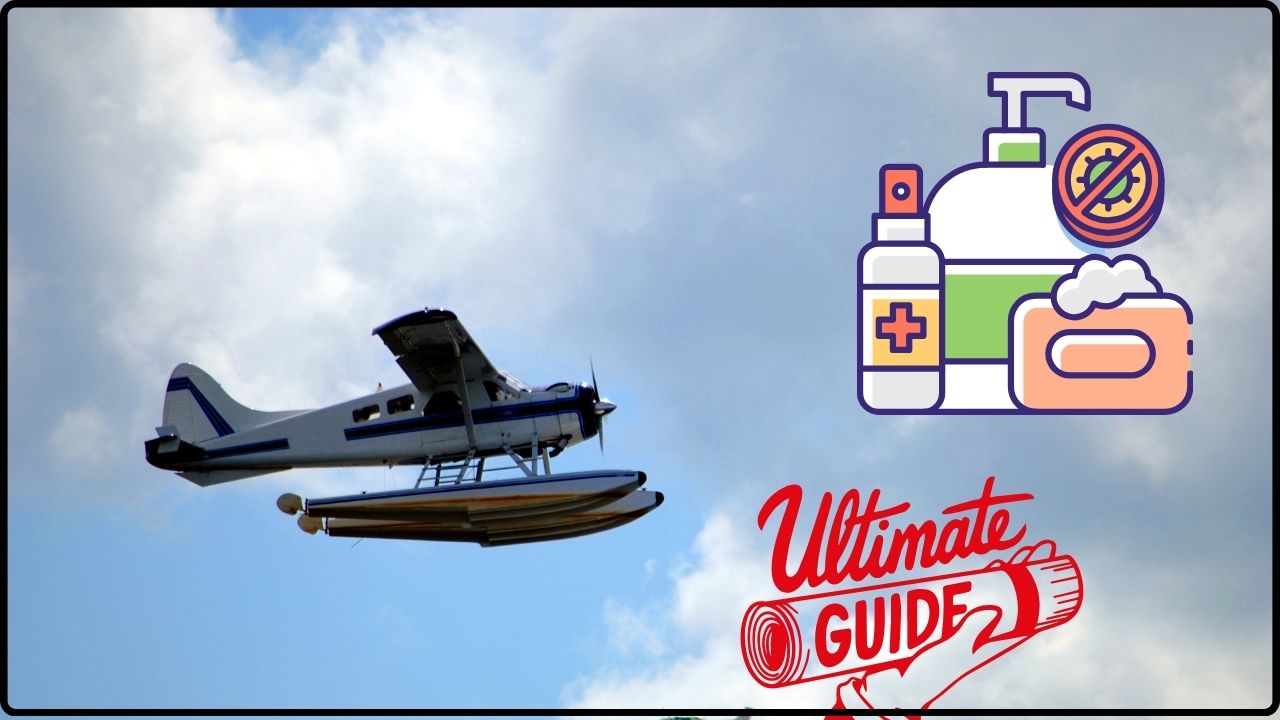


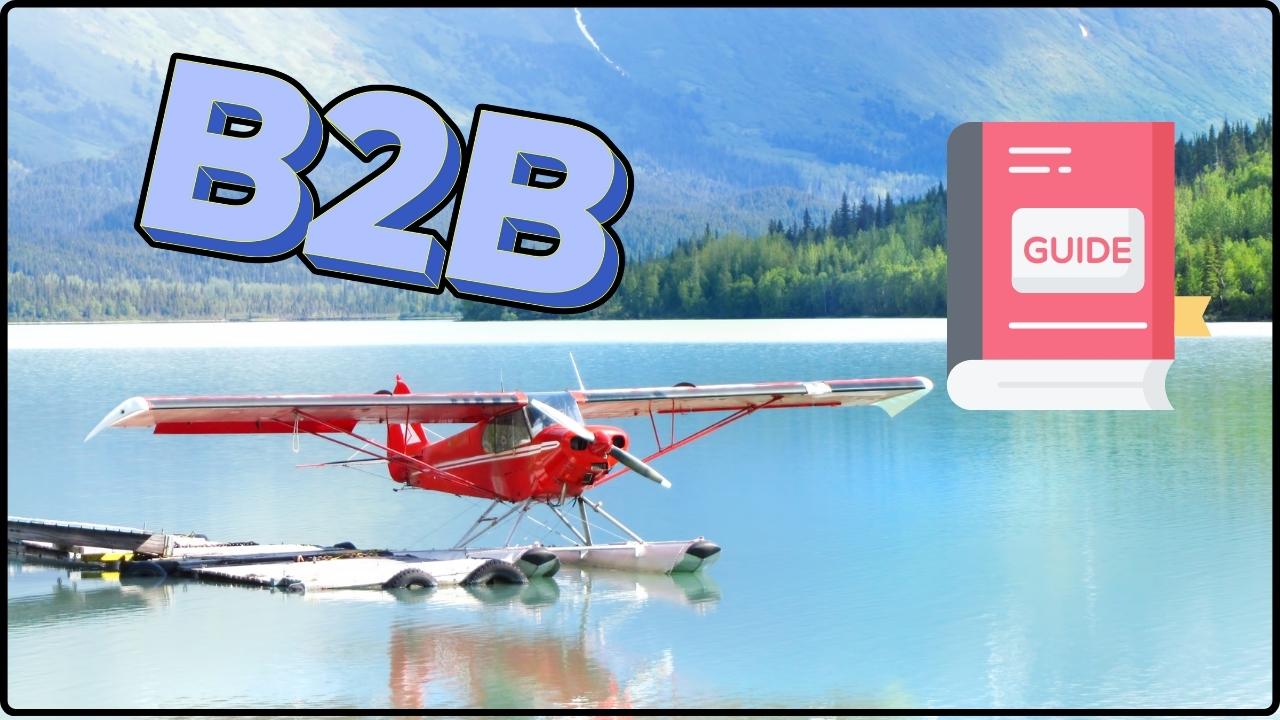
![Case Study: How [Lake Association] Partners with Pilots to Stop AIS](https://seaplanesandais.com/wp-content/uploads/2025/11/Case-Study-How-Lake-Association-Partners-with-Pilots-to-Stop-AIS.jpg)
